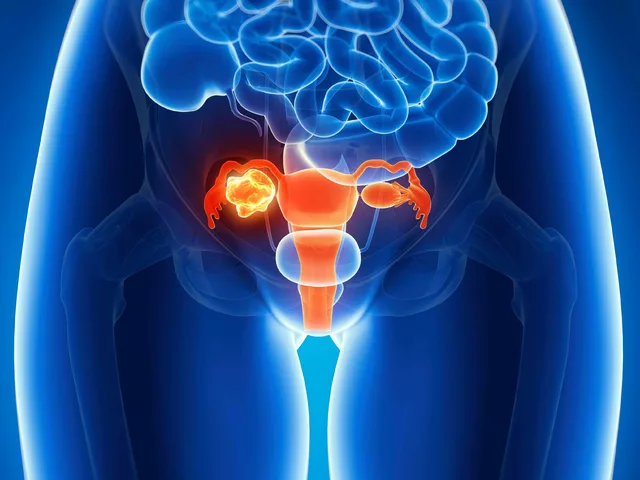Low Residue Diet Explained
When talking about low residue diet, a short‑term eating plan that limits fiber and other indigestible foods to reduce stool bulk. Also known as a low‑residue eating plan, it’s often prescribed before medical procedures or to ease certain gut conditions. This approach helps clear the colon quickly, making it easier for doctors to see what’s going on inside.
One of the main reasons doctors ask patients to follow a colon preparation, the process of emptying the colon before a colonoscopy or surgery is to improve visibility and reduce the risk of complications. By cutting down on leftover waste, the low residue diet works hand‑in‑hand with bowel‑cleansing solutions, ensuring a cleaner view of the colon walls. This link between diet and procedure highlights how nutrition can directly affect diagnostic accuracy.
Another key player is dietary fiber, the indigestible part of plant foods that adds bulk to stool. While fiber is vital for long‑term gut health, a temporary reduction can relieve symptoms for people with inflammatory bowel disease, a group of chronic conditions, like Crohn’s disease and ulcerative colitis, that cause intestinal inflammation. During flare‑ups, a low intake of fiber can lessen cramping, diarrhea, and gas, giving the digestive tract a chance to heal.
Understanding the gastrointestinal tract, the whole system from mouth to anus that processes food and absorbs nutrients is essential when planning meals. The low residue diet targets the large intestine by limiting foods that leave behind undigested residue. This means choosing refined grains, well‑cooked vegetables without skins, and tender meats, while avoiding nuts, seeds, raw fruits, and whole grains that can linger in the colon.
Practical tips make the transition smoother. Start each day with a clear broth or a low‑fat yogurt, then add a small portion of white rice or plain pasta. For protein, opt for poached chicken, fish, or eggs—nothing fried or heavily seasoned. Snack on smooth peanut butter or a slice of cheese, and keep hydration high with water, clear juices, or herbal tea. These choices keep calorie intake adequate while minimizing residue.
Some people wonder how long to stay on this plan. Typically, a low residue diet lasts 2‑3 days before a colonoscopy, but doctors may extend it for severe IBD flare‑ups or after certain surgeries. It’s not meant to be a permanent lifestyle; once the medical goal is reached, fiber can be re‑introduced gradually to restore normal bowel function.
Remember, the low residue diet isn’t a weight‑loss shortcut. Its purpose is to assist medical procedures and manage acute gut issues, not to replace a balanced, fiber‑rich diet long‑term. If you have any underlying conditions, talk to a healthcare professional before starting, as they can tailor the plan to your specific needs.
What to Expect Next
Below you’ll find a curated collection of articles that dive deeper into related topics—compare medication options, learn about managing side effects, and explore other diet‑related guidance. These resources will help you apply the low residue diet principles alongside broader health strategies.

Ulcerative Colitis Meal Plan Guide: Easy Steps & Sample Recipes
Learn how to design a ulcerative colitis‑friendly meal plan with simple steps, food lists, a 7‑day sample menu, and practical tips for managing flare‑ups.
Categories
- Health and Medicine (40)
- Medications (40)
- Health and Wellness (34)
- Online Pharmacy Guides (15)
- Nutrition and Supplements (7)
- Parenting and Family (3)
- Environment and Conservation (2)
- healthcare (1)
- prescription savings (1)
Popular Articles

How to Buy Cheap Generic Metformin Online Safely
Oct, 9 2025


